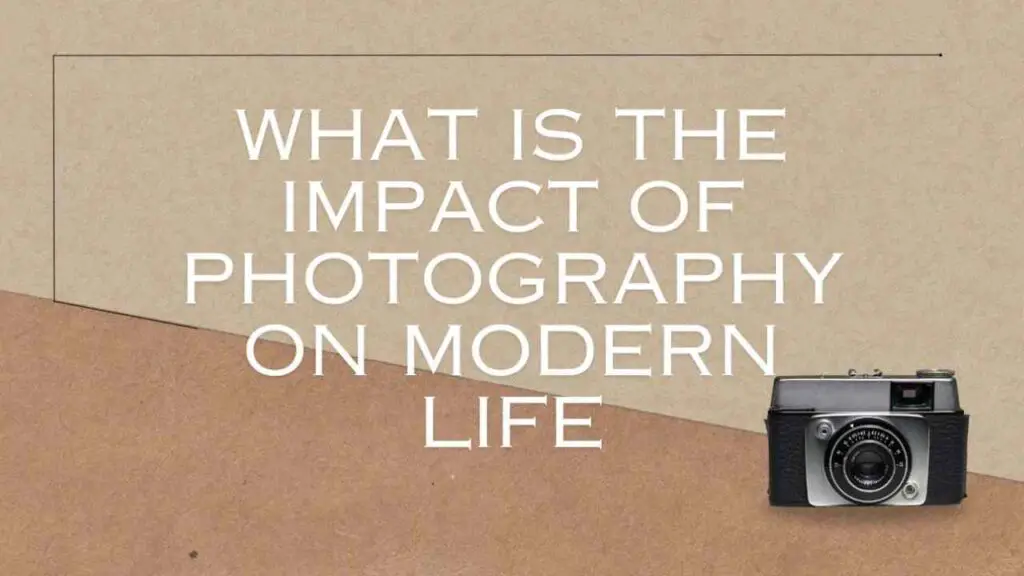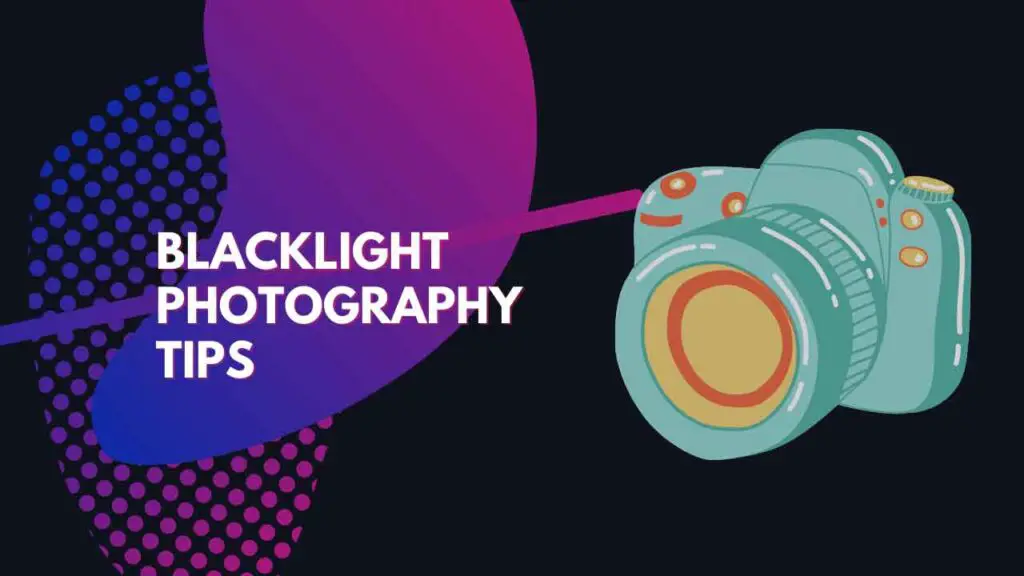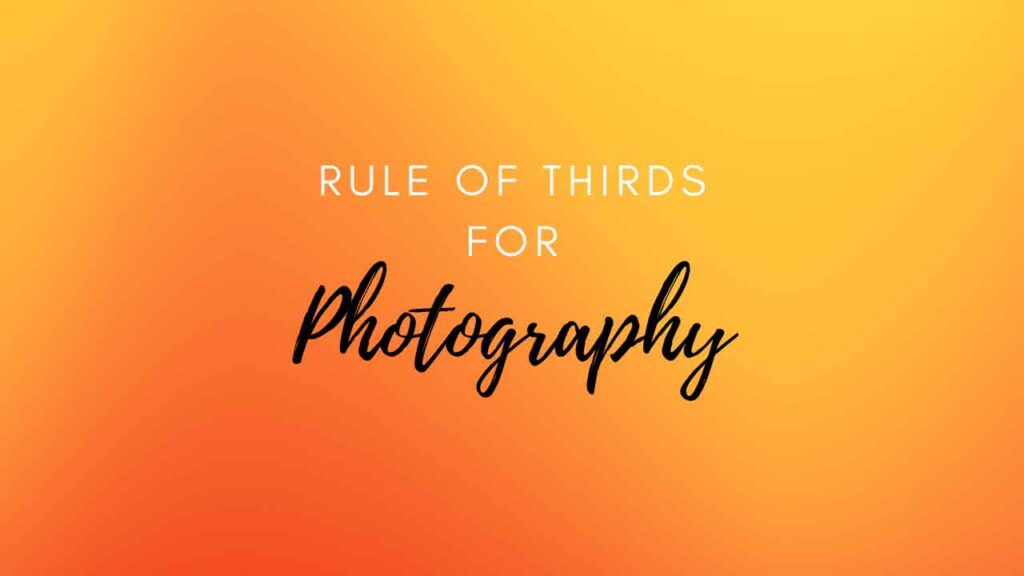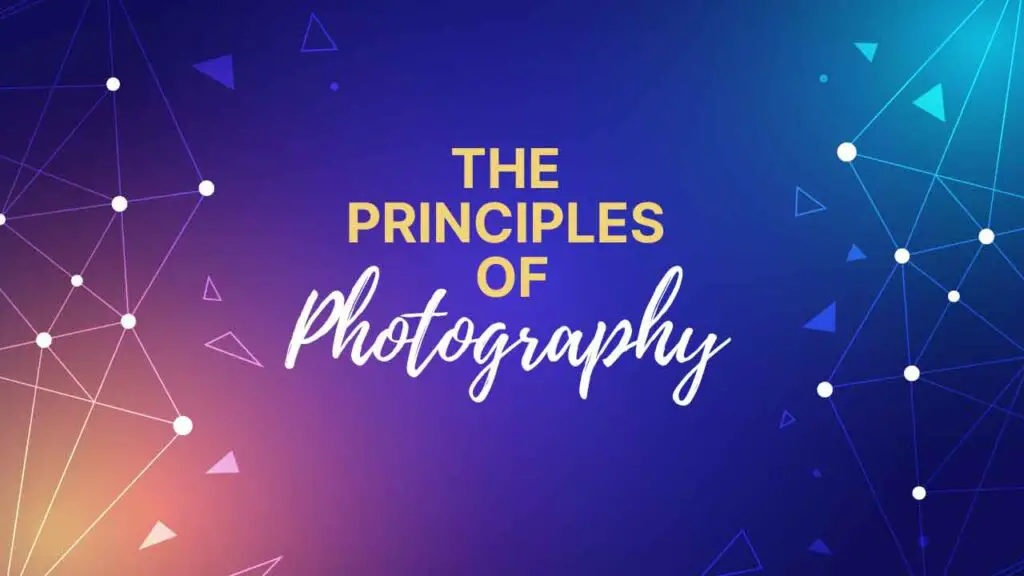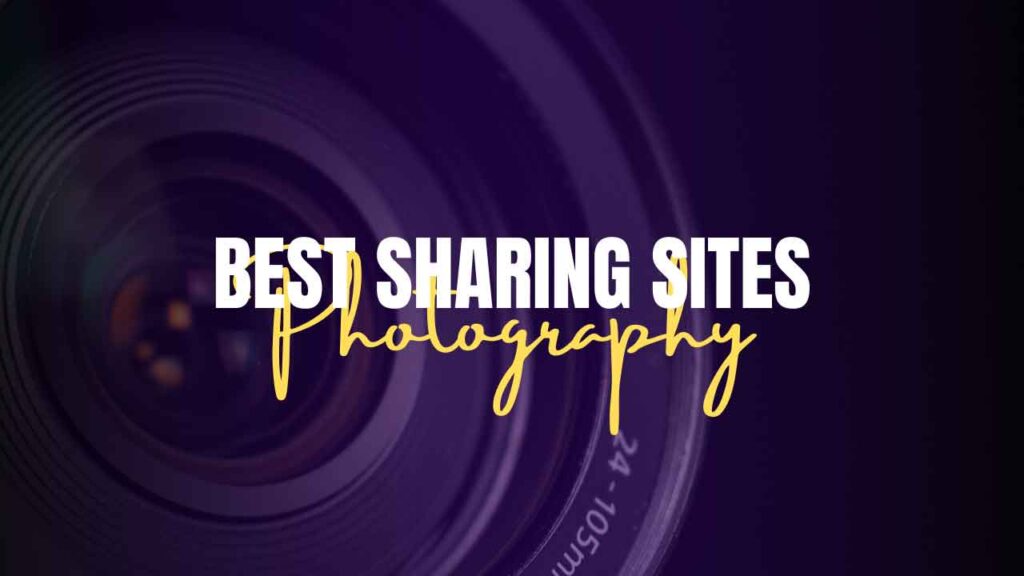THIS ARTICLE MAY CONTAIN AFFILIATE MARKETING LINKS! IN CASE YOU MAKE A PURCHASE THROUGH ONE OF THE LINKS, WE'LL GET A SMALL COMMISSION. WITH NO EXTRA CHARGES TO YOU. THANKS!!
Today, we’re diving deep into a captivating world—one that freezes moments, tells stories, and shapes the way we experience life. Our focal point? The incredible impact of photography on modern living. So, grab your favorite beverage, get comfy, and let’s unravel the lens-shaped mysteries together and explore what is the impact of photography on modern life.
What is the Impact of Photography on Modern Life
- What is the Impact of Photography on Modern Life
- Seeing Beyond Pixels: The Evolution of Photography
- A Click Away from Reality: Social Media and Photography
- Shaping Memories: Photography and Personal Narratives
- Pixels to Profit: Photography in Business
- Beyond the Lens: Photography as a Form of Art
- Pixels and Privacy: The Dark Side of Photography
- The Future Snapshot: Innovations in Photography
- Conclusion: Through the Lens of Life
- FAQs
Seeing Beyond Pixels: The Evolution of Photography
In the beginning, there were black and white snapshots. Now? We’re riding the wave of high-definition, 3D, and even drone-captured imagery. The evolution of photography is a journey from the grainy past to the pixel-perfect present.
Photography, with its rich history, originated with the discovery of camera obscura image projection and the recognition that certain substances can capture images. Over time, it has undergone a fascinating evolution. In the 4th century BC, Aristotle described the principles of camera obscura, projecting images through a small hole.
The journey accelerated with advancements like high-definition imaging and 3D photography. In the present day, we capture over a trillion photos annually, thanks to the capabilities of modern digital cameras.
Pixels and Perspectives
Ever wondered how those tiny pixels paint a thousand words? We’ll unravel the magic behind pixels and how they influence the way we perceive the world around us.
In photography, a pixel, short for “picture element,” is the smallest unit of information in a digital image. These pixels are organized in a 2-dimensional grid, forming the building blocks of a photograph. The pixel count, or resolution, determines the clarity and detail of an image, with more pixels equating to higher resolution.
Each pixel represents a specific color or shade, and when combined, they create the visual composition of a photograph. Understanding pixels is crucial in digital photography, influencing image quality, sharpness, and the ability to resize images without compromising clarity.
In essence, pixels play a pivotal role in capturing and displaying digital images, providing the foundation for the vibrant and detailed photos we enjoy in the digital era.
A Click Away from Reality: Social Media and Photography
Instagram, Facebook, Snapchat—our daily scrolls are flooded with a kaleidoscope of images. Let’s explore how social media platforms have turned us all into photographers and the ripple effect on our perceptions.
The intersection of social media and photography has reshaped the landscape of visual storytelling. Social media platforms, such as Instagram and Facebook, have not only democratized photography but also altered its purpose. Here’s a glimpse into the dynamic relationship:
- Popularity Contest: Social media has transformed photography into a popularity contest, where the pursuit of reactions and shares often takes precedence over artistic expression.
- Impact on Demand and Value: While social media has boosted demand for photographic products across various sectors, it has simultaneously driven down the perceived value of these assets.
- Influence on Art and Style: Social media’s influence on art and photography is undeniable. The rise of this phenomenon has fundamentally changed the way photographers approach their craft, often catering to the preferences of the digital audience.
- Amplifying Exposure: Social media serves as a powerful tool for photographers to amplify their exposure. It allows them to showcase their work to a global audience, fostering connections with potential clients.
- Personal Branding: Photographers leverage social media to create personal brands that reflect their unique style and approach. Consistent, high-quality posts contribute to building a distinct online presence.
In summary, social media has both democratized photography, providing a platform for amateurs and professionals alike, and introduced challenges, such as the prioritization of popularity over artistic intent and shifts in the perceived value of photographic work.
The Selfie Revolution
Selfies: the universal language of self-expression. From duck faces to peace signs, we’re dissecting the psychology behind this self-portrait phenomenon.
The selfie revolution, fueled by the ubiquity of smartphones and social media, has transformed the way we perceive ourselves and interact with others. This phenomenon has sparked debates about its impact on individuals and society.
- Positive Social Connection: Selfies facilitate positive social connections by allowing individuals to share moments and stay connected with friends and family.
- Narcissism and Unrealistic Expectations: Critics argue that the selfie culture can promote narcissism, unrealistic physical expectations, and contribute to mental health issues like depression.
- Impact on Adolescents: Studies suggest that viewing selfies, especially on social media, can be associated with poorer well-being outcomes among adolescents.
- Self-Esteem and Confidence: On a personal level, the act of taking and sharing selfies may contribute to an individual’s self-esteem and confidence, creating a positive impact.
The selfie revolution is a complex cultural shift with both positive and negative dimensions, influencing not only personal perceptions but also societal norms and expectations.
Shaping Memories: Photography and Personal Narratives
Remember that photograph from your childhood? The one that takes you on a nostalgic trip every time you stumble upon it? Photography isn’t just about capturing moments; it’s about crafting our personal narratives.
Photography and personal narrative are intertwined, offering a powerful means of storytelling through visual imagery. Here’s how photographers leverage personal perspectives and experiences to create compelling narratives:
- Powerful Storytelling Strategy: Personal narratives in photography involve sharing one’s unique perspective and experiences, creating a powerful storytelling strategy that connects with viewers on a personal level.
- Equal Importance to Narrative: In photography, narrative is considered of equal importance as it is in writing. It adds depth and context to images, elevating them beyond mere visual representation.
- Politics of Self-Representation: With the rise of social media, personal photography has taken on new dimensions, addressing issues related to self-representation and the politics surrounding personal images.
- Memory Construction: Personal photographs play a fundamental role in constructing self-narratives and individual memory. The act of capturing moments becomes a way of preserving and shaping personal stories.
- Passion and Expression: Photography serves as a medium for personal expression and passion. It allows individuals to showcase their unique perspectives and convey stories that resonate with their experiences.

Pixels to Profit: Photography in Business
From product catalogs to Instagram influencers, photography plays a pivotal role in the business world. We’re exploring how a well-captured image can turn heads and open wallets.
Photography plays a crucial role in enhancing various aspects of business operations. Here are key benefits and uses of photography for businesses:
- Professionalism: Quality images contribute to the overall professionalism of a business. They create a positive first impression, signaling credibility and attention to detail.
- Brand Recognition: Professional photography helps in building effective brand recognition. Consistent and visually appealing images contribute to a memorable brand identity.
- Stand Out from the Crowd: Unique and high-quality visuals help businesses stand out in a crowded market. Distinctive images can set a business apart from its competitors.
- Cost-Effectiveness: While professional photography is an investment, it proves to be cost-effective in the long run. High-quality images can be repurposed across various marketing channels.
- Communication with Audience: Visual content communicates more effectively than text alone. Photography helps convey the brand’s message, values, and products to the target audience.
- Streamlining Operations: Photography can streamline various business processes, from the booking process to managing leads and clients more efficiently.
- Brand Building: Photo editing enhances brand building by ensuring consistent and high-quality visuals, contributing to brand respectability and credibility.
In summary, the strategic use of photography in business goes beyond aesthetics, impacting professionalism, brand image, marketing effectiveness, and overall brand success.
Beyond the Lens: Photography as a Form of Art
Is photography an art form? Spoiler alert: Absolutely. We’re shedding light on how photographers transform ordinary scenes into extraordinary pieces of art.
Photography, once viewed merely as a technical process, underwent a transformative journey, evolving into a recognized and influential art form. This transformation was not immediate but marked by key developments:
- Technological Advancements: The evolution of photography as an art form is closely tied to technological progress. Early advancements in cameras and printing techniques allowed photographers to capture and reproduce images with increasing precision and artistic intent.
- Manipulation and Expression: As technology advanced, photographers gained the ability to manipulate images, paving the way for creative expression. This shift allowed photographers to transcend mere documentation and explore artistic interpretations of their subjects.
- Recognition in Artistic Circles: Over time, the artistic merits of photography gained recognition in the broader artistic community. Photographers such as Ansel Adams and Dorothea Lange demonstrated that the medium could convey deep emotional and aesthetic qualities, solidifying photography’s place in the art world.
- Narrative and Storytelling: Photography became a powerful means of storytelling. Through a single image, photographers could communicate narratives, evoke emotions, and capture the essence of a moment, establishing photography as a unique form of visual storytelling.
- Cultural Impact: The acceptance of photography as an art form had profound cultural implications. It expanded the definition of art, democratizes visual expression, and allowed diverse voices to contribute to the artistic conversation.
Pixels and Privacy: The Dark Side of Photography
In a world where every click is a potential share, concerns about privacy arise. We’re delving into the ethical questions surrounding photography in the digital age.
Photography, despite its many positive aspects, has a dark side that can impact mental health:
- Comparative Stress: The prevalence of social media and image-editing tools can lead to unhealthy comparisons. Individuals may feel pressure to conform to idealized standards, contributing to stress, anxiety, and depression.
- Industry Challenges: The photography industry itself can be demanding. Photographers may face burnout, fatigue, and even physical health issues due to long hours, high expectations, and competitive environments.
- Negative Self-Perception: Excessive exposure to retouched images can distort self-perception, fostering unrealistic beauty standards. This distortion may contribute to body image issues and self-esteem concerns.
- Photographic Intervention: While photography can have positive effects on mental health, excessive engagement without mindful practices may lead to negative outcomes such as depression and anxiety.
- Physical Impact: Prolonged periods of photography and editing may lead to physical symptoms like headaches, muscle tension, and fatigue, impacting overall well-being.
Consent in the Digital Era
What happens when a candid shot becomes a viral sensation? Let’s discuss the importance of consent and the ethical responsibilities that come with wielding a camera.
Consent in the digital age is a complex and evolving concept with legal, ethical, and practical implications. Here are key aspects:
- Foundation of Relationships: Digital consent is foundational in both legal frameworks and personal interactions in the online world.
- Digital Age of Consent: The digital age of consent refers to the age at which individuals, especially young people, can legally provide consent for online activities or services.
- GDPR and Consent: Under the General Data Protection Regulation (GDPR), the digital age of consent is addressed, emphasizing the need for valid consent for processing personal data.
- Technology and Consent Management: Technology plays a crucial role in consent management, with companies using tools to enhance and streamline the consent process.
- Children’s Rights: To protect younger children, establishing a minimum age of digital consent is considered a crucial element in ensuring their digital rights.
- Human Rights in the Digital Age: The digital age influences human rights, particularly in areas like sexual decisions among young people, highlighting the need for ethical considerations.
The Future Snapshot: Innovations in Photography
Hold on tight as we fast forward to the future. What does the horizon look like for photography? From AI enhancements to virtual reality experiences, we’re peering into the crystal ball.
The landscape of photography is evolving with cutting-edge innovations, shaping the future of visual storytelling. Here are key trends driving the industry:
- AI-Enhanced Photography: Artificial Intelligence plays a pivotal role in enhancing photo editing, pushing the boundaries of creativity and efficiency.
- Sustainable Photography Practices: The industry is witnessing a shift towards sustainable practices, reflecting a growing awareness of environmental impact.
- Virtual Reality (VR) and Augmented Reality (AR): VR and AR technologies are becoming integral, providing immersive and interactive photographic experiences.
- Film & Retro-Style Digital Photography: The nostalgia for film and retro styles is driving a trend toward capturing digital images with a vintage aesthetic.
- 360-Degree and VR Photography: The emergence of 360-degree and VR photography is creating new dimensions for viewer engagement.
- Innovative Camera Technology: Advanced camera technologies, such as those driven by AI, are reshaping the future of photography, offering novel capabilities.
Conclusion: Through the Lens of Life
And there you have it—the impact of photography on modern life, from pixels to personal narratives. As we navigate this visually rich landscape, let’s embrace the beauty that each click brings to our unique journeys.
